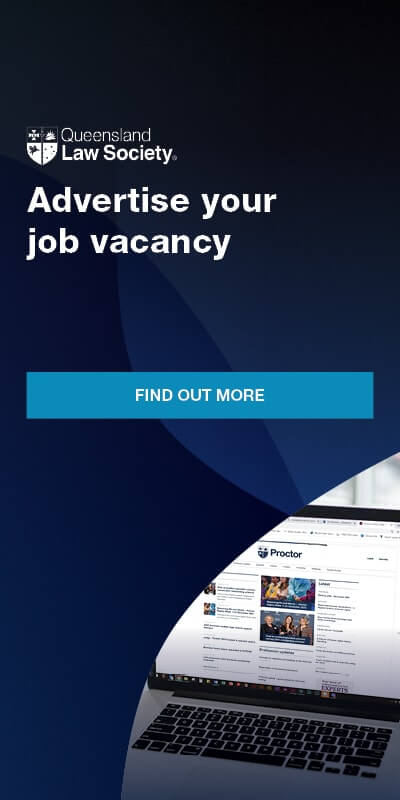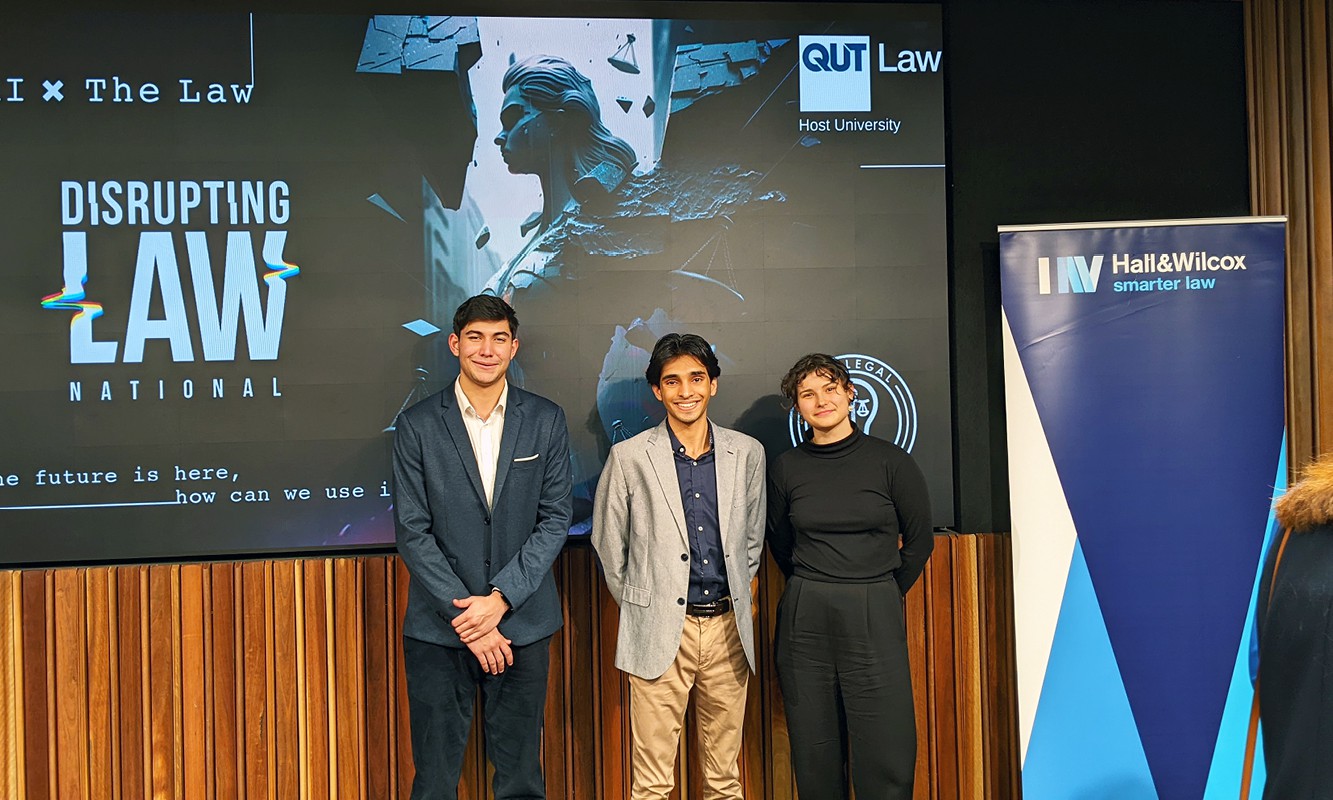The QLS Innovation Committee has been working to lift the profile of innovation in the legal profession and show lawyers that there are practical and inexpensive ways to retool a law firm to meet disruption.
Last year the Innovation Committee launched its first stage report which included a cornucopia of ideas, tips and recommendations.
The following case study from the report shows that innovation is more than buying technology.
An edited version of this case study follows.
Case study – Moores
By 2010 David Wells, the then managing principal of Moores in Melbourne, had spent three years trying to get the 60 lawyers at his firm to lift average daily chargeable hours from 4.35 to 5.5. This was not successful.
David recalls that, at the time, the firm was focusing on benchmarking reports, and partners believed that profit per equity partner was the measure of success.
“We were modestly profitable, but hourly rates did not work well for us. Our lawyers lacked self-esteem. They lacked an appreciation of the value they created for clients. There was self-editing of timesheets. Despite good results, clients were still not delighted because they were often surprised by the bill,” he said.
A consultant encouraged Moores to consider what it might mean to become a ‘firm of the future’ as a way of differentiating Moores from other law firms.
“One brave principal in estate litigation decided to do a pilot with value pricing, from the end of 2010 to June 2011. This was not billing according to the value achieved, but giving the matter a fixed scope and price upfront on its own terms based on the anticipated value of the work to the client.”
At the August 2011 retreat, principals resolved to try value pricing across the firm for the next 10 months, aiming to open 50% of files on a value pricing basis.
As at 30 June 2012, the firm was still operating and 60% of files had been opened on the value pricing basis. At the retreat in August 2012, principals resolved to price exclusively for value.
But it was not all smooth sailing.
“Despite the August 2011 resolution, we had allowed willing lawyers to continue recording time,” David said. “Perversely, a few chose to do this. We found this was not ideal, as the reports on time lacked integrity and could not be compared to other work. It also stopped those lawyers embracing change and developing their skills pricing for value. So, in 2013, we disabled the time recording capability in the practice management system, and after that point, we never looked back.
“There have been many challenges. We lost a number of team members who were not value strategists and recruited some who were. New clients loved value pricing. Some old clients were sceptical. ‘If they are changing the pricing model, it must be to make things better for the law firm. That means it will be worse for us.’
“We found that some initial prices were too high, and we didn’t explain the value to the client very well. Then some lawyers panicked and priced matters low to get the work, but made a loss. Over time, we recognised that ‘discount’ is a dirty word and that we had to get much better at the value conversation. We quickly discovered that our lawyers who were good at cost estimates were usually good at pricing for value after a little practice.
“Our goal was to have the client understand the value the lawyer can create for the client in the particular matter. We do this by investing time upfront with the client to find out how the client wants their matter solved. We find now that the conversation about value at the outset develops trust and confidence with our clients.
“We turned our backs on benchmarking, we narrowed our focus and we closed some practice areas where we could not build depth of expertise, despite being profitable. We wanted a deep expertise in a smaller range of areas of practice rather than a broader capability.
“We revised how we assessed and motivated our staff. We found that bonuses didn’t motivate the team in the way we wanted, and so we focused our staff assessment system on nine or ten holistic competencies to get a sense of overall performance, including:
- fees generated and debtors
- business development and relationships with good clients
- skill at delegating and supervising staff
- ethical performance
- adding to the knowledge base of the firm.
“We found that creative knowledge workers wanted autonomy, support in mastery of their art and to feel they are contributing to achievement of the purpose of the practice. The significant effort we invested in developing the ‘Why’ statement of Moores was really worthwhile.
“We succeeded in deconstructing and reconstructing the ship while sailing. Moores is now a completely different practice to what we were seven years ago. We now accept that:
- bad clients drive out good clients
- we are not a great fit for everyone
- it is OK to say ‘no’ and to refer clients who are not the right fit for us to another lawyer.
“No longer are we risk averse. Business model innovation is a lot harder than installing a new piece of technology.1 But, it can work if you stay the course.”
Footnote
1 “Technology cannot turn a good enterprise into a great one, nor by itself prevent a disaster”. Jim Collins, Good to Great, p156.











Share this article